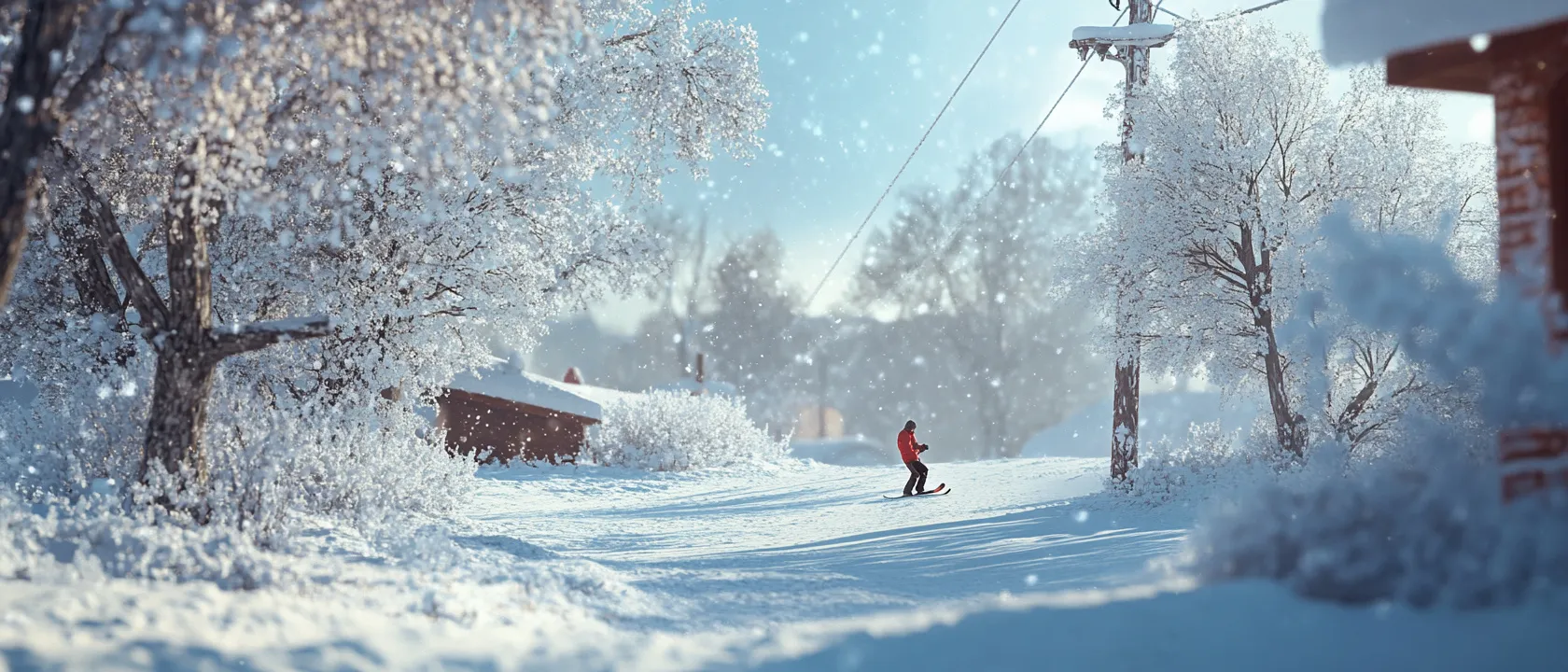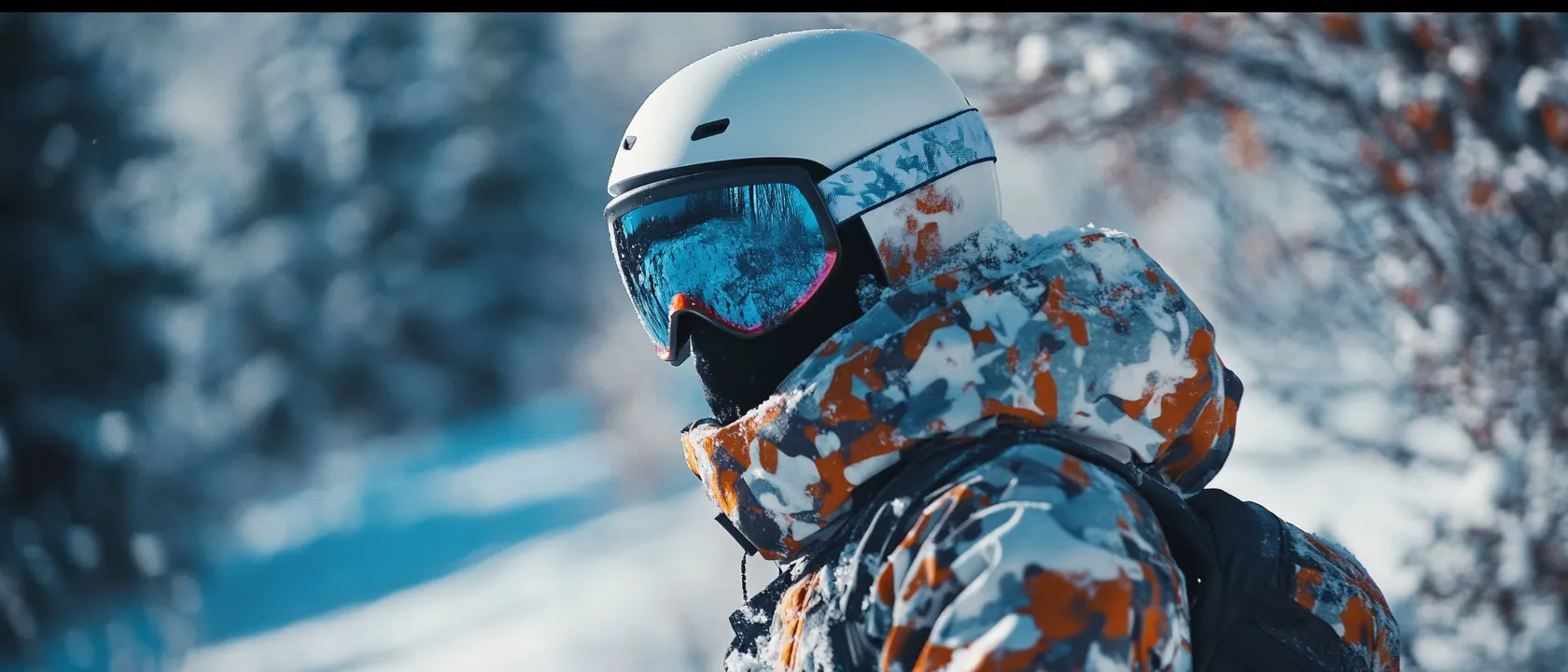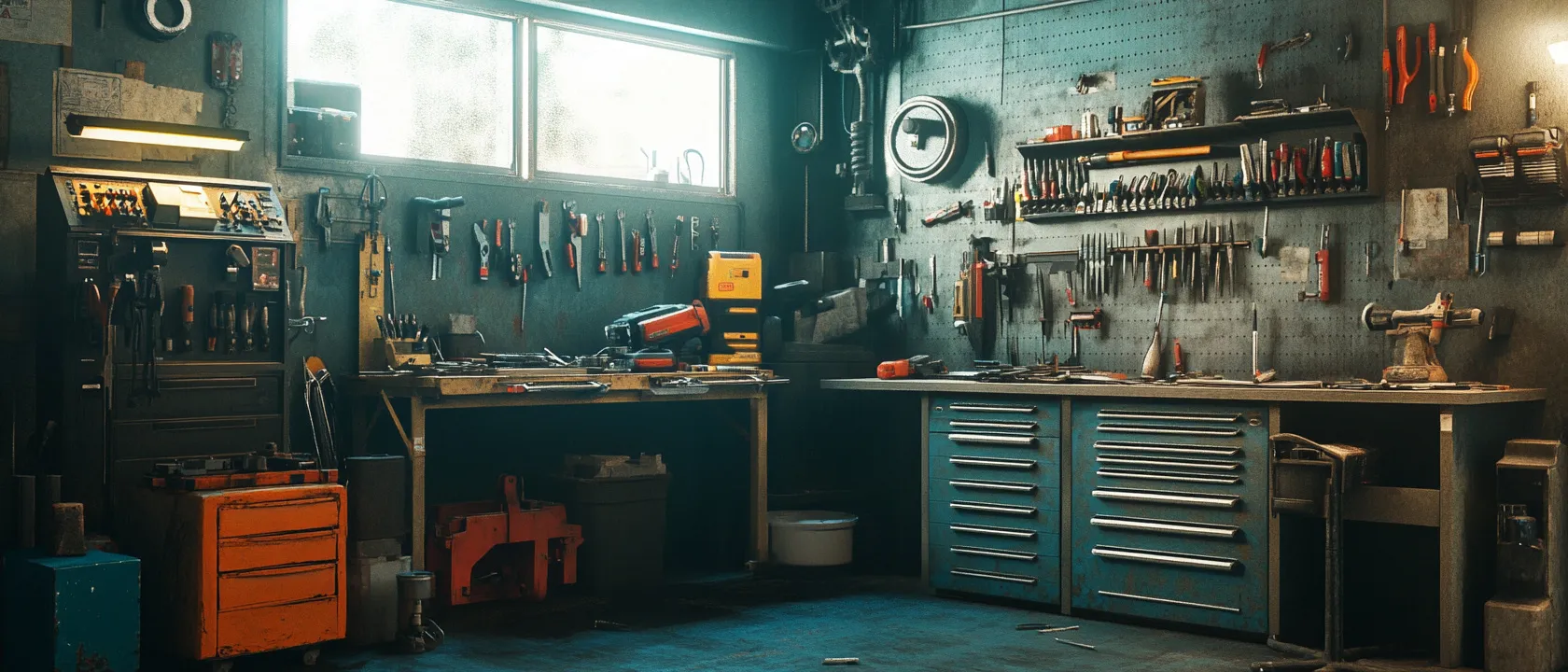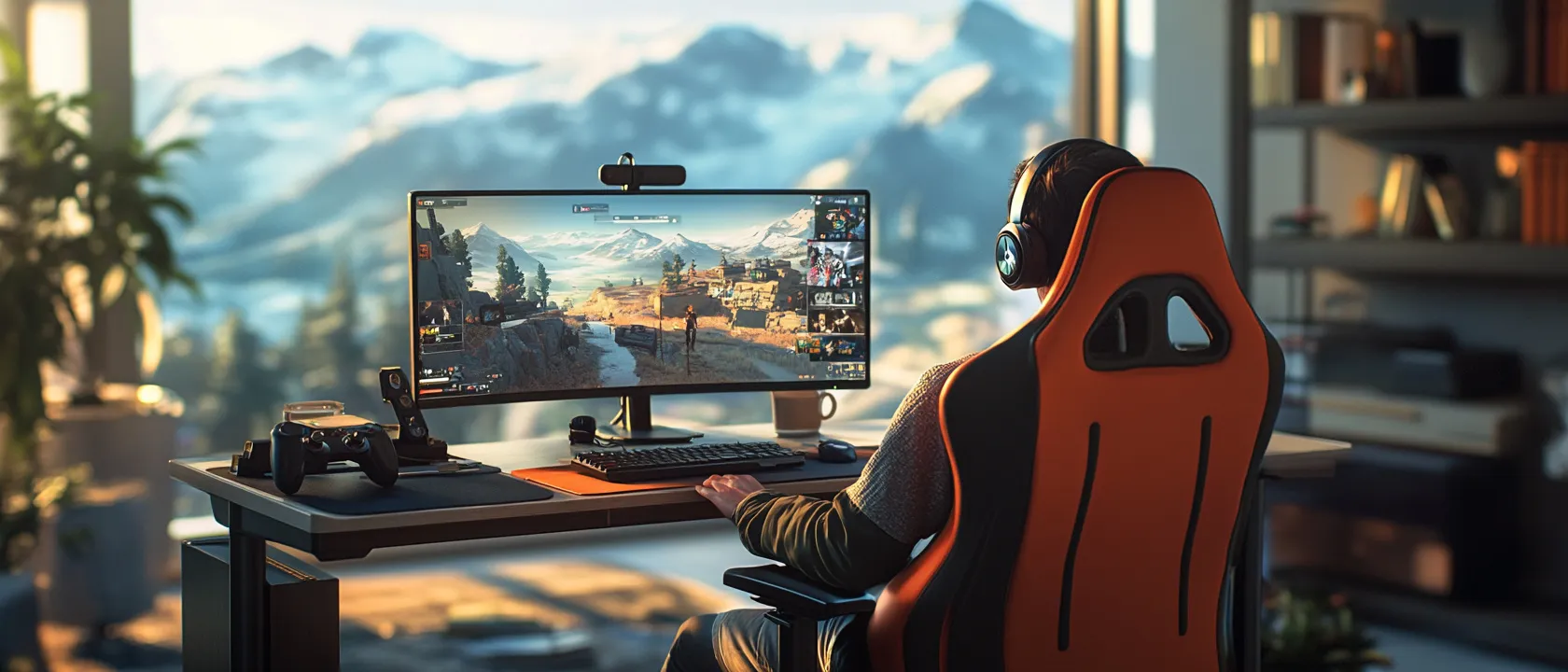The evolution of snowboard design represents perhaps the most dramatic equipment specialization in winter sports over the past two decades. Unlike the generalist approaches of early manufacturing, today’s snowboard brands have developed increasingly focused design philosophies that optimize performance for specific riding styles, terrain preferences, and progression pathways. Where riders once selected boards primarily on length and basic flexibility, modern snowboarders face sophisticated decisions across multiple performance dimensions—flex patterns engineered for particular terrain interactions, sidecut geometries designed for specific turn characteristics, and profile technologies developed for distinct riding approaches. As the market has fragmented into hyper-specialized niches, a crucial question emerges: which snowboard brands genuinely align with specific riding philosophies through consistent design approaches that match particular terrain preferences and technique tendencies, rather than simply offering generalized marketing claims across arbitrarily segmented product lines?
To provide definitive answers, we conducted comprehensive comparative analysis of current-generation snowboards across major manufacturers and performance categories. Through both controlled snow testing protocols and extensive field evaluation across diverse terrain environments, we assessed the riding characteristics that determine real-world performance beyond marketing specifications. This exhaustive analysis reveals crucial differences in how various brands approach design philosophy across their product ranges—providing essential guidance for riders seeking equipment aligned with their specific riding styles, terrain preferences, and progression goals.

Understanding Snowboard Performance: Beyond Basic Specifications
Before examining specific brands, understanding the fundamental factors affecting snowboard performance provides essential context for evaluating different design approaches.
The Multidimensional Performance Matrix
Snowboard performance involves complex interactions beyond simple specifications:
Flex Characteristics determining response and stability:
- Longitudinal flex pattern (nose to tail stiffness distribution)
- Torsional rigidity (resistance to twisting forces)
- Flex point location (where primary bending occurs)
- Rebound characteristics (energy return after loading)
- Dampening properties (vibration absorption vs. feedback)
Profile Technologies influencing terrain interaction:
- Camber configuration (traditional, hybrid, flat, rocker)
- Contact point placement (affecting edge engagement)
- Transition zones (how profile changes along length)
- Specialized profile sections (specific nose/tail designs)
- Profile interaction with flex (how bending affects edge contact)
Geometry and Shape Factors defining handling characteristics:
- Sidecut radius and depth (determining turn characteristics)
- Effective edge length (relative to overall board length)
- Width profile variations (waist, contact points, extremities)
- Nose and tail shapes (affecting specific terrain handling)
- Setback stance positioning (directional vs. centered riding)
These interrelated characteristics explain why seemingly similar snowboards often deliver dramatically different riding experiences, with design implementations significantly influencing performance beyond basic dimensions or specifications.
Riding Style Categories and Their Requirements
Different riding approaches demand distinct performance profiles:
Freeride prioritizes specific characteristics:
- Directional stability at speed
- Precise edge control in variable conditions
- Float in powder without rear leg burn
- Predictable response during high-consequence lines
- Versatility across natural terrain features
Freestyle requires different performance dimensions:
- Balanced swing weight for spins and rotations
- Impact absorption during landings
- Edge hold without catching during surface tricks
- Predictable flex for press maneuvers
- Forgiving handling during technical maneuvers
All-Mountain/Versatility demands balanced characteristics:
- Adaptable performance across varied terrain
- Transitional capability between styles
- Accessible handling for varied skill levels
- Progressive performance scaling with rider input
- Consistent behavior across diverse conditions
These style-specific requirements explain why specialized designs outperform generalist approaches for particular applications, with purpose-built tools delivering superior results for aligned riding styles.
Testing Methodology: Comprehensive Performance Assessment
To provide meaningful comparison between snowboard brands, we implemented a multidimensional testing protocol evaluating all critical performance aspects.
Technical Performance Measurement
Our assessment began with systematic quantification:
- Torsional stiffness measurement using calibrated testing apparatus
- Flex pattern mapping across multiple board sections
- Effective edge verification under simulated loading conditions
- Vibration frequency analysis during controlled impacts
- Edge penetration measurement in standardized snow conditions
Terrain-Specific Field Evaluation
Performance across diverse environments underwent thorough assessment:
- Groomed carving performance at variable speeds and edge angles
- Off-piste handling characteristics in varying snow depths
- Park feature performance across jumps, rails, and transitions
- Variable condition adaptability through changing snow consistency
- High-speed stability assessment on steep terrain
Rider Feedback Integration
Subjective performance characteristics received systematic evaluation:
- Blind testing protocols eliminating brand bias
- Multi-rider assessment across skill levels
- Cross-comparison testing against reference standards
- Discipline-specific evaluation by style specialists
- Progression suitability assessment for advancement pathways
Manufacturing Analysis
Construction approaches underwent comparative examination:
- Materials implementation verification beyond marketing claims
- Construction quality consistency across production examples
- Durability projection through accelerated wear simulation
- Weight-to-performance ratio calculation for efficiency
- Environmental condition stability across temperature ranges
Value Assessment Framework
Price-to-performance relationship received careful analysis:
- Performance-to-cost ratio evaluation across price points
- Appropriate technology implementation without overbuild
- Cross-brand comparative assessment identifying value leaders
- Performance ceiling identification for diminishing returns
- Long-term ownership value calculation including durability
This comprehensive testing framework provided unprecedented insight into the practical performance differences between snowboard brands, revealing capabilities and limitations not apparent from specifications or visual inspection alone.

Brand-by-Brand Analysis: Design Philosophies and Performance Profiles
Our extensive testing revealed distinct performance patterns across major manufacturers, with clear design philosophies driving their approaches across different riding disciplines.
1. Burton
Price Range: $400-900
Key Technologies: Channel System, Squeezebox, Family Tree Design Approach
Signature Models: Custom, Flight Attendant, Deep Thinker
Design Philosophy:
Burton demonstrated perhaps the broadest design spectrum, with their extensive lineup covering every riding niche through proprietary technologies implemented with clear progression pathways that maintain consistent handling characteristics within riding families while offering distinct performance profiles between categories. The Family Tree collection exemplified this approach with coherent design language adapted to specific terrain demands rather than arbitrary segmentation.
Riding Characteristics:
The most distinctive element was the sophisticated balance of accessibility and performance ceiling—with models across price points offering immediate usability while maintaining capability for significant rider progression. The Channel mounting system created particularly versatile stance optimization unavailable in traditional insert patterns. The specialized flex profiles showed exceptional engineering, with strategic reinforcement matching specific terrain demands rather than uniform stiffness adjustments.
Style-Specific Performance:
Burton’s versatility focus demonstrated particular excellence for riders transitioning between terrain types rather than specializing in single environments, with all-mountain designs like the Custom series providing remarkably balanced performance across varied conditions. The brand’s freeride designs showed sophisticated directional engineering without excessive specialization that would limit adaptability.
Limitations Identified:
The mass-market presence occasionally created less specialized performance than boutique alternatives for extreme niche applications. The comprehensive product range sometimes created confusing overlap between similar models. The brand premium commanded higher pricing at comparable specification levels than some competitors.
Ideal Rider Profiles:
Burton snowboards proved exceptionally well-suited for progression-focused riders developing skills across multiple terrain types, particularly those valuing consistent handling characteristics during advancement between difficulty levels. The broad approach makes the brand especially appropriate for riders seeking equipment longevity through changing riding preferences rather than immediate specialization in singular disciplines.
2. Lib Tech (Mervin Manufacturing)
Price Range: $450-950
Key Technologies: Magne-Traction, C2X Hybrid Camber, Banana Technology
Signature Models: T.Rice Pro, Skate Banana, Orca
Design Philosophy:
Lib Tech established its identity through technical innovation, with snowboards featuring radical engineering approaches that challenge conventional design assumptions with technologies like serrated edge designs and complex hybrid profiles that deliver distinctive performance advantages in specific conditions while maintaining brand-consistent handling characteristics across models. The Magne-Traction edge technology exemplified this approach by fundamentally reimagining edge design to enhance grip on firm snow.
Riding Characteristics:
The defining feature was the distinctive edge interaction with snow surfaces, with the serrated Magne-Traction design creating exceptional hold on firm and icy conditions compared to conventional edge designs. The hybrid profile technologies developed with riders like Travis Rice delivered particularly effective combinations of float in powder with edge hold on hardpack—addressing traditionally contradictory performance goals through innovative profile engineering.
Style-Specific Performance:
Lib Tech’s innovative approach demonstrated particular excellence for riders frequently encountering variable conditions, especially those dealing with icy terrain where conventional designs struggle with edge hold. The brand’s freestyle-oriented models showed sophisticated balance between playfulness and technical capability, with designs like the Skate Banana defining entire categories of terrain-park performance.
Limitations Identified:
The unconventional technologies created occasionally polarizing ride experiences that departed from traditional handling expectations. The distinctive designs sometimes demanded adaptation periods for riders transitioning from conventional boards. The technical innovation commanded premium pricing across most models.
Ideal Rider Profiles:
Lib Tech snowboards proved particularly well-suited for technically-minded riders who appreciate engineering differentiation and seek specific performance advantages in challenging conditions, especially those riding frequently in areas with variable snow quality. The innovative approach makes the brand especially appropriate for riders who have identified specific performance limitations in conventional designs that Lib Tech’s technologies directly address.
3. Jones
Price Range: $450-900
Key Technologies: Directional Rocker, Traction Tech, 3D Contour Base
Signature Models: Flagship, Solution, Mountain Twin
Design Philosophy:
Jones embodied the backcountry-derived approach, with snowboards delivering exceptional natural terrain performance through freeride-focused engineering that prioritizes predictable handling in variable conditions through sophisticated directional shaping while maintaining accessibility for advancing riders through progressive design implementation. The harmonized design language across models reflected founder Jeremy Jones’ big mountain experience, with even freestyle-oriented models maintaining reliable performance in challenging natural terrain.
Riding Characteristics:
The most successful element was the sophisticated approach to directional design, with models across the range featuring subtle but effective design asymmetry that enhanced performance in the fall-line without creating awkward switch riding characteristics. The 3D base contouring near contact points delivered particularly effective blend of float in soft snow while maintaining precise edge control during firm-snow transitions—addressing traditionally conflicting design goals.
Style-Specific Performance:
Jones’ backcountry heritage delivered particular excellence for riders prioritizing natural terrain over park features, especially those seeking confident performance in variable snow conditions and steeper terrain. The brand’s splitboard designs showed exceptional attention to uphill performance without compromising downhill handling—reflecting the founder’s human-powered riding philosophy.
Limitations Identified:
The natural terrain focus created expected performance compromises for dedicated park riding compared to freestyle-specialized designs. The directional emphasis occasionally limited technical trick versatility compared to true-twin alternatives. The performance engineering commanded premium pricing across most models.
Ideal Rider Profiles:
Jones snowboards demonstrated excellent suitability for freeride-oriented riders who prioritize natural terrain exploration over park features, particularly those advancing toward more technical backcountry riding requiring reliable performance in variable conditions. The directional optimization makes the brand especially appropriate for riders who spend minimal time riding switch or performing freestyle maneuvers requiring true-twin performance.
4. Capita
Price Range: $400-850
Key Technologies: Holysheet fiberglass, Superdrive Base, Resort V1 Profile
Signature Models: DOA (Defenders of Awesome), Mercury, Kazu Pro
Design Philosophy:
Capita represented the progressive freestyle approach, with boards featuring exceptional terrain park performance through sophisticated modern construction methods that blend lightweight responsiveness with durability while maintaining distinctive visual aesthetics that reflect the brand’s creative identity. The manufacturing approach at their “Mothership” facility exemplified this philosophy with advanced materials and construction techniques optimized for the dynamic riding style dominating modern freestyle progression.
Riding Characteristics:
The defining feature was the refined balance between responsiveness and forgiveness, with models across the range delivering impressive pop and energy return without the punishing handling characteristics often associated with high-performance freestyle designs. The strategic reinforcement in torsional response created particularly effective edge control during technical maneuvers without sacrificing the longitudinal flex necessary for press maneuvers and absorption.
Style-Specific Performance:
Capita’s freestyle heritage demonstrated particular excellence for riders focused on terrain park progression, especially those blending technical jump lines with feature-based trick sequences. The brand’s versatile designs like the Mercury showed sophisticated capability to transition between freestyle focus and all-mountain versatility, reflecting the evolution of modern riding that blends terrain park techniques with natural features.
Limitations Identified:
The progressive performance focus occasionally prioritized responsiveness over absolute stability compared to dedicated freeride designs. The lightweight construction emphasis created occasional durability concerns under extreme abuse compared to more robustly built alternatives. The stylized graphics occasionally overshadowed technical design aspects in marketing materials.
Ideal Rider Profiles:
Capita snowboards proved exceptionally well-suited for progression-focused freestyle riders developing modern technical skills across terrain park environments, particularly those who value responsive handling and appreciate distinctive aesthetic design. The balanced approach makes the brand especially appropriate for riders blending terrain park focus with all-mountain exploration rather than specializing exclusively in either discipline.
5. Arbor
Price Range: $400-800
Key Technologies: Grip Tech, System Rocker, Parabolic Rocker
Signature Models: Coda, Element, Bryan Iguchi Pro
Design Philosophy:
Arbor maintained its distinctive materials-focused identity, with snowboards delivering sophisticated performance through thoughtful design evolution rather than radical reinvention, emphasizing environmental consciousness in material selection while maintaining elegant aesthetic approaches that connect traditional craftsmanship with modern performance requirements. The System approach to rocker profiles exemplified this philosophy with refined improvements to established concepts rather than marketing-driven “revolutionary” claims.
Riding Characteristics:
The most successful aspect was the nuanced approach to board feel, with models across the range delivering distinctive tactile feedback that connected riders to terrain rather than isolating them from surface interaction. The Grip Tech sidecut implementation created particularly effective edge hold without the occasionally grabby sensation of some alternative edge technologies. The graduated approach to flex patterns provided intuitive progression through the turn rather than abrupt engagement changes.
Style-Specific Performance:
Arbor’s refined approach demonstrated particular excellence for riders valuing consistency and predictability, especially those developing technical carving skills across varied terrain. The brand’s powder-oriented designs showed sophisticated float characteristics without requiring extreme specialized geometries—reflecting the founder’s surfing background through snow-surface interaction philosophy.
Limitations Identified:
The evolutionary design approach occasionally lacked the specialized performance optimization of more niche-focused alternatives. The environmental emphasis sometimes limited material options compared to performance-only focused brands. The understated marketing created less technical awareness of performance capabilities compared to more aggressively promoted competitors.
Ideal Rider Profiles:
Arbor snowboards proved particularly well-suited for technically sophisticated riders who appreciate nuanced performance differences and refined handling characteristics, especially those who value environmental consciousness alongside performance engineering. The balanced design approach makes the brand especially appropriate for riders developing technical carving skills who benefit from consistent, predictable board behavior during technique advancement.
6. Never Summer
Price Range: $500-900
Key Technologies: Original Rocker Camber, Vario Power Grip, Carbonium Laminates
Signature Models: Proto Type Two, Snowtrooper, West Bound
Design Philosophy:
Never Summer epitomized the durability-focused approach, with snowboards featuring exceptional construction quality through domestically-controlled manufacturing emphasizing longevity alongside performance, implementing proprietary technologies developed through direct rider feedback rather than marketing-driven design cycles. The Colorado-based production facility exemplified this philosophy through hands-on quality control and evolutionary design development prioritizing real-world performance over specification sheet optimization.
Riding Characteristics:
The defining element was the sophisticated balance between stability and maneuverability, with the Original Rocker Camber profile delivering particularly effective blend of confident edge hold during carving with playful pivoting during technical maneuvers. The dampening characteristics created exceptional stability through variable conditions without deadening feedback. The construction durability provided confidence in aggressive riding without hesitation for board preservation.
Style-Specific Performance:
Never Summer’s balanced approach demonstrated particular excellence for aggressive all-mountain riders seeking equipment lifespan matching their commitment level, especially those who refuse to compromise between freestyle playfulness and freeride capability. The brand’s versatile designs consistently outperformed more specialized alternatives when conditions varied throughout the day—reflecting Colorado’s diverse riding environments.
Limitations Identified:
The durability emphasis occasionally created weight penalties compared to ultralight specialized designs. The conservative design evolution sometimes lagged behind trend-focused brands in adopting emerging concepts. The domestic manufacturing commanded premium pricing compared to overseas-produced alternatives.
Ideal Rider Profiles:
Never Summer snowboards proved exceptionally well-suited for committed riders seeking long-term ownership value alongside versatile performance, particularly those unwilling to maintain multiple specialized boards for different conditions. The durability-focused engineering makes the brand especially appropriate for riders in regions with variable conditions and limited snowboard selection, who need reliable performance across diverse terrain from a single board.

Riding Style-Based Selection Guidance: Matching Brands to Approaches
Our comprehensive testing revealed that optimal snowboard selection depends heavily on matching brand design philosophies to personal riding styles rather than universal “best board” determination.
For Freestyle-Focused Riders
Those emphasizing terrain park performance benefit from brands prioritizing specific characteristics:
- True twin designs for switch stance equivalence
- Centered stance positioning for balanced swing weight
- Medium flex patterns balancing pop with forgiveness
- Damage-resistant construction for feature durability
- Specialized edge technologies preventing catch during tricks
These freestyle-enhancing features typically align with brands like Capita and specific collections within larger manufacturers, whose design approaches emphasize the technical requirements of modern terrain park progression.
For Freeride-Oriented Riders
Those prioritizing natural terrain and powder benefit from different design emphases:
- Directional shapes enhancing stability and float
- Setback stance positioning for powder performance
- Tapered width profiles for intuitive turn initiation
- Specialized nose designs for variable snow penetration
- Progressive flex patterns matching speed requirements
These freeride-focused characteristics typically favor brands like Jones and specialized divisions within larger manufacturers, whose mountain-derived design approaches excel in natural terrain challenges.
For Versatile All-Mountain Riders
Those seeking adaptable performance across diverse terrain benefit from balanced approaches:
- Directional twin configurations blending versatility with preference
- Mid-range flex patterns appropriate across conditions
- Hybrid profile technologies balancing float with edge hold
- Moderate taper designs maintaining switch capability
- Accessible yet progression-capable handling across skill development
These versatility-enhancing elements generally align with brands like Arbor and Never Summer, whose design philosophies emphasize consistent performance across varied conditions rather than extreme specialization.
Conclusion: The Rider-Centered Selection Approach
After comprehensive comparative assessment across multiple brands and design philosophies, several clear conclusions emerge regarding snowboard selection:
- Brand design philosophies reflect legitimate performance differentiation rather than merely marketing distinctions, with consistent approaches to flex patterns, profiles, and geometries creating recognizable riding characteristics across each manufacturer’s range. This brand consistency explains why experienced riders often develop preferences for particular manufacturers whose design approaches align with personal riding styles regardless of specific models.
- Riding style compatibility should prioritize selection over specification maximization, with boards designed specifically for aligned terrain usage delivering superior real-world performance compared to technically “superior” models optimized for different applications. This specialization reality suggests honestly assessing riding preferences and selecting equipment designed specifically for those terrain types and techniques rather than pursuing impressive but practically irrelevant specifications.
- Progressive performance should match progression pathways rather than current skill levels alone, with selection considering not just immediate compatibility but appropriate room for technique advancement without equipment limitation. This progression perspective explains why intermediate riders often benefit from slightly more advanced designs that accommodate skill development rather than models that may feel immediately comfortable but quickly become limiting.
- Construction quality significantly impacts long-term value beyond initial performance, with durability differences between brands often becoming apparent only after extended usage rather than during initial demo experiences. This longevity factor suggests evaluating snowboards as significant equipment investments rather than seasonal purchases, particularly for committed riders maintaining consistent riding schedules.
For both enthusiasts and serious snowboarders making equipment investments, these findings suggest focusing on matching brand design philosophies to personal riding styles rather than either pursuing specification maximization or following popularity trends. The ideal snowboard balances performance characteristics specifically aligned with individual terrain preferences and technique tendencies, with optimal selection varying dramatically between different riders despite identical skill levels and physical dimensions.
The most important insight may be that snowboard selection represents a deeply personal decision based on individual riding approach rather than universal “best board” determination. By understanding the specific terrain preferences, technique tendencies, and progression goals of their snowboarding, riders can select equipment whose design philosophy delivers optimal real-world performance rather than impressive but practically irrelevant specifications or marketing claims.







